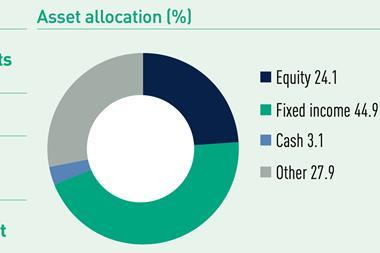The Irish government’s targeted deadline of 1 January for the introduction of auto-enrolment is “ambitious”, pension industry commentators have said.
Last month, Heather Humphreys, minister for social protection announced the publication of the Automatic Enrolment Retirement Savings System Bill 2024 which will see employees contribute 1.5% of their gross earnings, which will be matched by their employer and topped up by the state.
The rates will gradually increase every three years until reaching a maximum contribution of 6% per employee, 6% per employer, plus 2% from the state.
The bill will be brought before the Oireachtas after Easter recess and is expected to be implemented from 1 January 2025.
The publication of the report was widely welcomed by commentators, with Mairéad O’Mahony, head of human capital at Aon Ireland, branding this a “landmark moment in pension reform”, which is set to create a fairer and more resilient pensions system that can support employees into the future.
She said: “The legislation provides employers and employees with much needed clarity on the final structure of pension auto-enrolment that will be introduced from January 2025.”
She said that with seven of every 10 members of the public unaware of the project and only one-third of private sector employees having no private pension plan, the focus on making auto-enrolment easy to understand and to communicate to the employees is important for its long-term success.
Kathy Keating, consultant and DC team lead at LCP, added that it is important for employers to “act now to ensure that they liaise with their pension consultant advisers as the Bill is expected to become law in the coming months”.
She pointed out that employers now need to have an understanding of what is required of them, put a plan in place to prepare for auto-enrolment, ensure that the relevant teams including HR and payroll, and all staff are made aware of the implications.
She said that the January 2025 deadline is “ambitious given the amount of work required to be completed before it can be launched”.
Caitriona MacGuinness, DC and private wealth leader at Mercer Ireland, said that the most challenging aspect of the new system is that it has been built without leveraging existing structure.
“We have a new approach to calculating tax. It’s a whole new system in place. It’s particularly a challenge for employers who have an existing occupational pension scheme, or another pension structure in place and need to understand whether they want to interact with the central system or how they manage that,” she explained.
“For employers there is a chunk of work that they have to do as well before that 1 January deadline,” she added.
MacGuinness said that while auto-enrolment was talked about for over a decade, and employers knew it was coming, they were not sure of the timeliness and are “probably less prepared” for the introduction.
Aon’s O’Mahony agreed that introducing pension auto-enrolment in only nine months is a daunting challenge.
“A new pensions system for close to 800,000 people will have to be built and the National Automatic Enrolment Retirement Savings Authority established,” she said, adding: “Employers will face an uphill battle to put in place the complex changes required across payroll, finance and HR.”
Jerry Moriarty, chief executive officer of the Irish Association of Pension Funds, agreed with others and pointed out that the tender for the administrator had still to be awarded and the tender process for the investment management is yet to be started.
He said: “It is important that we get auto-enrolment underway as quickly as possible but we also need to be realistic about the prospects of that.”
Read the digital edition of IPE’s latest magazine


































No comments yet